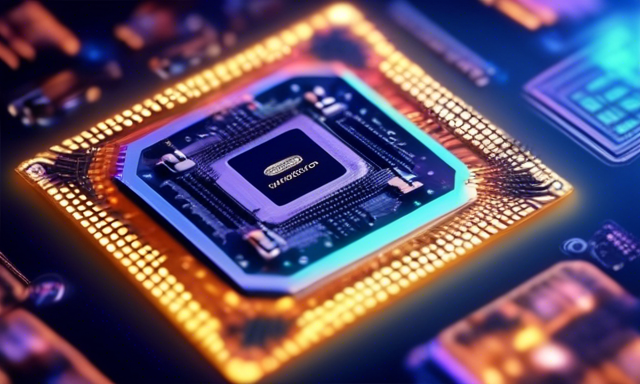Understanding India’s Semiconductor Advancements in 2023 📈
This year’s developments in India’s semiconductor manufacturing present a significant shift in the country’s tech landscape. The government is taking proactive steps to enhance its semiconductor production capabilities, which includes approving new projects and encouraging state-level initiatives. This move indicates India’s ambition to establish itself as a strong player in the global semiconductor supply chain amid rising demand.
Initiatives Under India’s Semiconductor Mission 🔍
A senior official highlighted that states are encouraged to set up their semiconductor units independently. However, he emphasized that any applicant seeking incentives under the central government’s semiconductor initiative must obtain approval from the India Semiconductor Mission (ISM). This process ensures that new projects align with national objectives and quality standards.
If given the green light, this new facility would mark India’s second-chip manufacturing site and contribute to the growth of the semiconductor industry in the country, with an anticipated total of six plants operational, each focusing on either manufacturing or testing and packaging silicon chips.
Kaynes Semicon’s New Assembly and Testing Unit 🚀
This week, the Union Cabinet approved a proposal amounting to ₹3,307 crore for an outsourced assembly and testing (OSAT) unit by Kaynes Semicon, based in Mysore. This facility will be established in Sanand, Gujarat, and it is set to have a remarkable capacity of producing 6.3 million chips each day.
At present, India is progressing with five centrally sanctioned semiconductor projects. Among these, a chip fabrication unit is underway in Dholera, Gujarat, while additional projects focus on chip packaging, with three being built in Sanand and one in Morigaon, Assam. The total projected investment for these developments is a striking ₹1.50 lakh crore.
Collaboration Between Tata Group and Taiwan’s Powerchip 🌍
The Dholera chip fabrication facility stands out as a joint effort between the Tata Group and Taiwan’s Powerchip Semiconductor Manufacturing Corporation. This facility is expected to achieve a substantial production capacity of 50,000 Wafer Starts Per Month (WSPM), marking a critical step forward in domestic semiconductor production.
Future Outlook for Semiconductor Manufacturing in India 🔮
India’s push for semiconductor manufacturing is not just a response to current market demands but also a strategic move to boost economic growth and self-reliance in technology. As global supply chains shift and countries aim for more localized production, India is positioning itself to take advantage of this trend.
The government’s actions signal a commitment to expand its technological infrastructure and create a robust ecosystem for semiconductor development, which is crucial for various industries, including automotive, electronics, and telecommunications. The ability to produce chips locally can help mitigate dependency on imports and promote innovation within the technology sector.
Significant Challenges Ahead 🚧
Despite the positive developments, the Indian semiconductor industry will need to address several challenges to achieve its goals. These include increasing investments in research and development, fostering skilled manpower, and establishing efficient supply chain logistics. Each of these factors plays a vital role in determining the success and sustainability of semiconductor manufacturing in the country.
Moreover, the competitive landscape is intensifying, with various nations ramping up their own semiconductor initiatives. To thrive, India will have to navigate these challenges strategically and maintain momentum in its expansions and technological advancements.
Concluding Thoughts on Semiconductor Expansion 📝
As this year unfolds, India’s semiconductor mission shows promising progress, with several projects underway that could transform the country’s technological capabilities. The collaboration among government, private sector partners, and international stakeholders will be crucial for creating a successful semiconductor ecosystem. With continued focus and investment in this sector, India could emerge as a significant hub for semiconductor production and innovation on the global stage.





 By
By
 By
By

 By
By
 By
By
 By
By